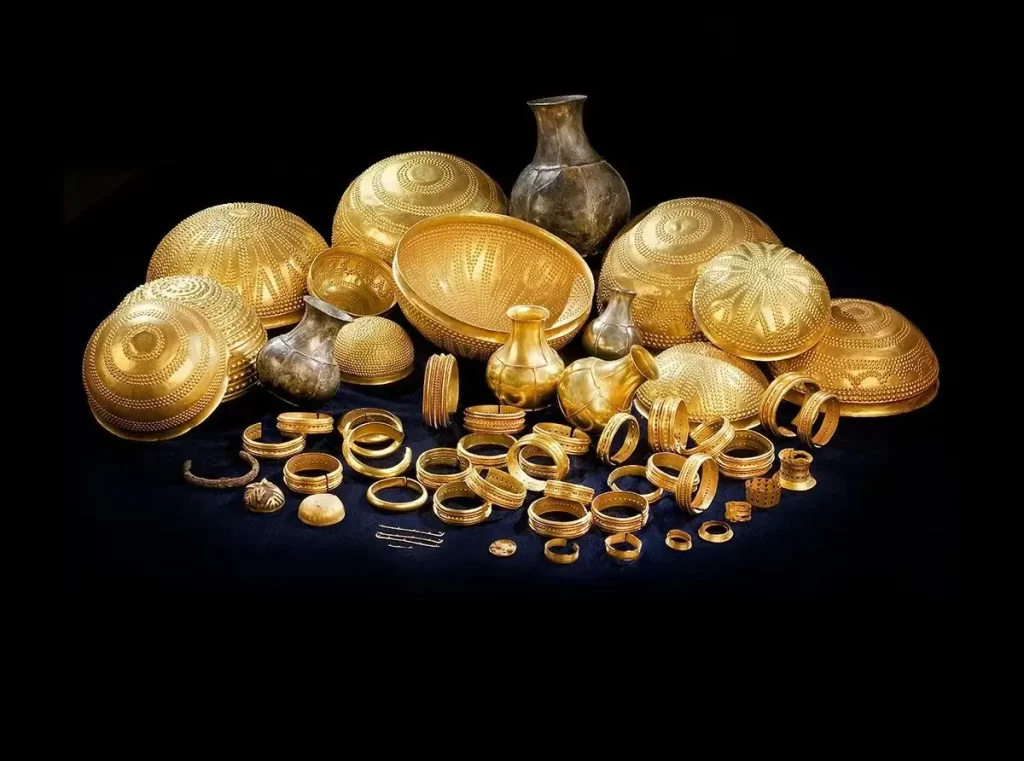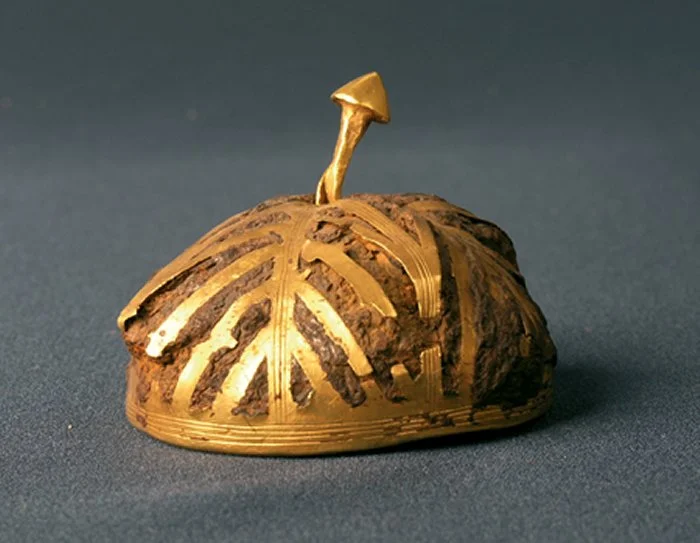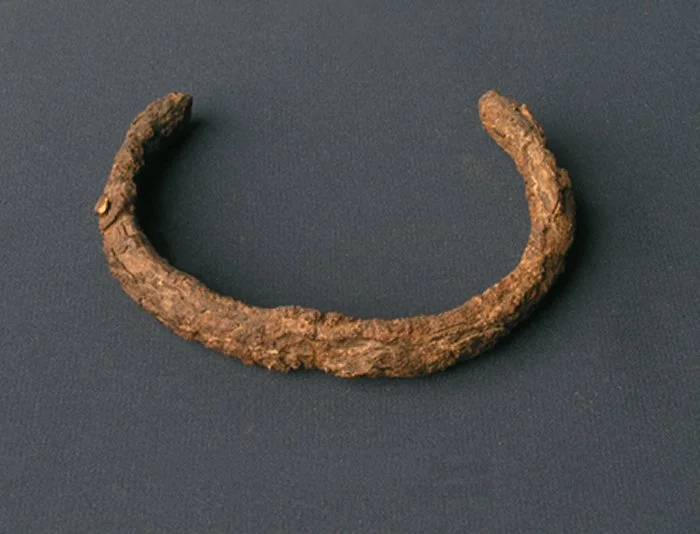3,000-year-old Treasure on the Iberian Peninsula made with material from a meteorite
A dazzling Bronze Age hoard discovered in Spain more than 60 years ago contains some out-of-this-world metal, as a new analysis reveals that parts of the treasures were made from meteoric iron.

The hoard, known as the Treasure of Villena and discovered by archaeologists in 1963, encompasses a total of 59 bottles, bowls and pieces of jewelry exquisitely crafted from gold, silver, amber and iron.
Upon the hoard’s discovery, in a gravel pit in the province of Alicante, however, researchers noticed a few curious details about some of the iron pieces.
At the time, they described the items as being crafted of “a dark leaden metal. It is shiny in some areas, and covered with a ferrous-looking oxide that is mostly cracked,” according to El País, a newspaper in Spain.
Now, new research has revealed that the iron used in two of the artifacts originated from a meteorite that fell to Earth around 1 million years ago, according to a translated study published Dec. 30 in the journal Trabajos de Prehistoria.
For the new study, researchers tested two of the iron pieces: a C-shaped bracelet and a hollow sphere topped with a gold sheet that may have once decorated a sword’s pommel. Both items were crafted between 1400 and 1200 B.C.
“The connection between gold and iron is important, as both elements have a great symbolic and social value,” study senior author Ignacio Montero Ruiz, a researcher at Spain’s Institute of History, told Archaeology World News in an email.
“In this case, [the artifacts] were … probably hidden treasure that could have belonged to a whole community and not to a single person. There were no kingdoms in the Iberian Peninsula at this historical period.”
Using mass spectrometry, a technique that measures the mass-to-charge ratio of molecules, they measured traces of iron-nickel alloy that were comparable to that found in meteoric iron, according to the study.
Given that the compositions of the artifacts are very similar, “both objects could [have] come from the same meteorite,” Montero Ruiz said.
“The iron technology is completely different to the copper-based metallurgy and to the noble metals (gold and silver),” he added. “So, people who started to work with meteoritic iron and later with terrestrial iron must [have had to] innovate and develop new technology.”
He added that it is “fascinating” to see how cultures innovated with new technologies, noting that “experimentation and curiosity were a part of these past societies.”


While researchers remain unsure of who crafted the objects and where they originated, they do know that these are both the first and oldest meteoritic iron objects found in the Iberian Peninsula, according to the study.
The artifacts also offer new insight into metallurgy practices from the Late Bronze Age. The only known artifacts that include meteoric iron from the first millennium B.C. include an arrowhead from 900 B.C. found in Mörigen, Switzerland, and a few objects from Poland from around 800 B.C.
As for where the hoard’s artifacts came from, that’s still up in the air.
“One option is [they] came from the eastern Mediterranean where other contemporary objects are known (for example, the dagger and other items from [King] Tutankhamun’s tomb),” Montero Ruiz said.
“We do not have arguments to support a more local production, because other meteoritic iron in Europe has later chronologies (from Poland or Switzerland).”
The items are part of the collection at the Archaeological Museum in Villena, Spain.




